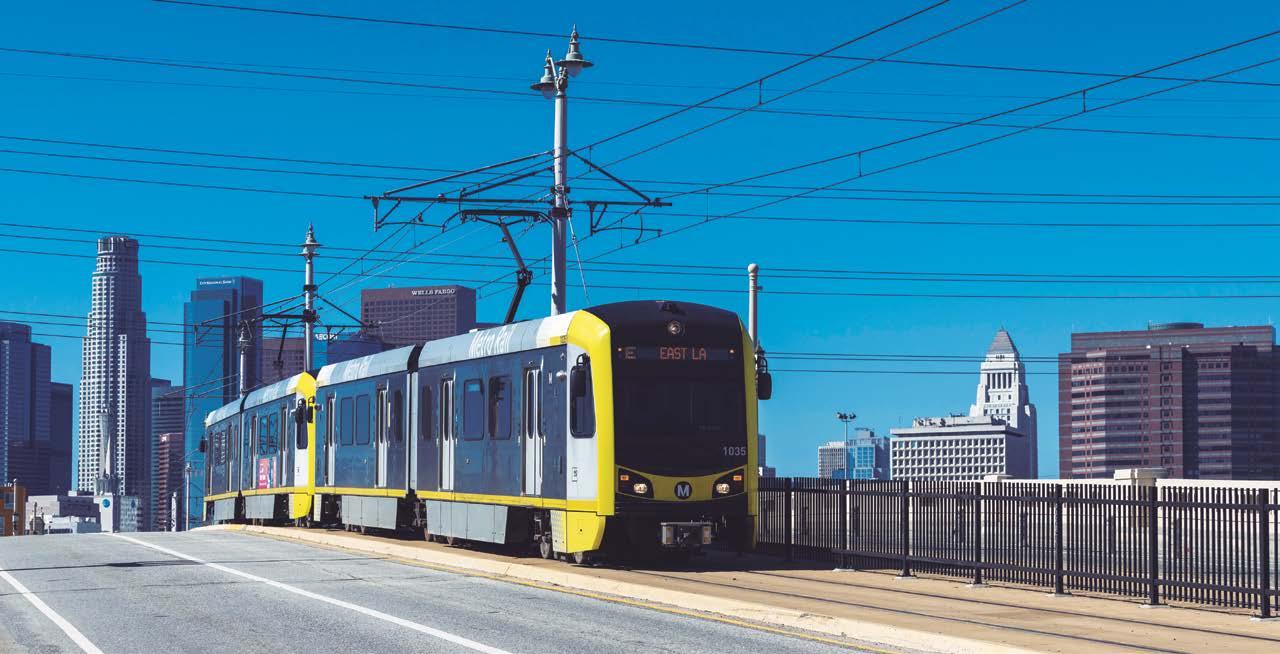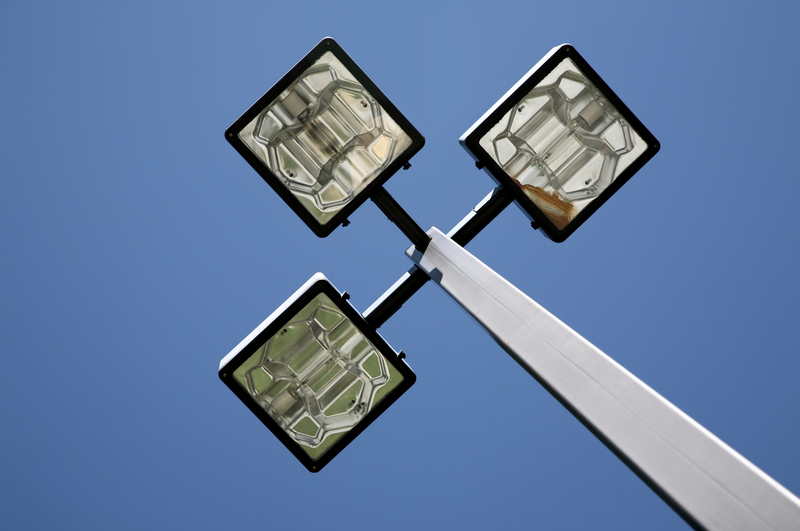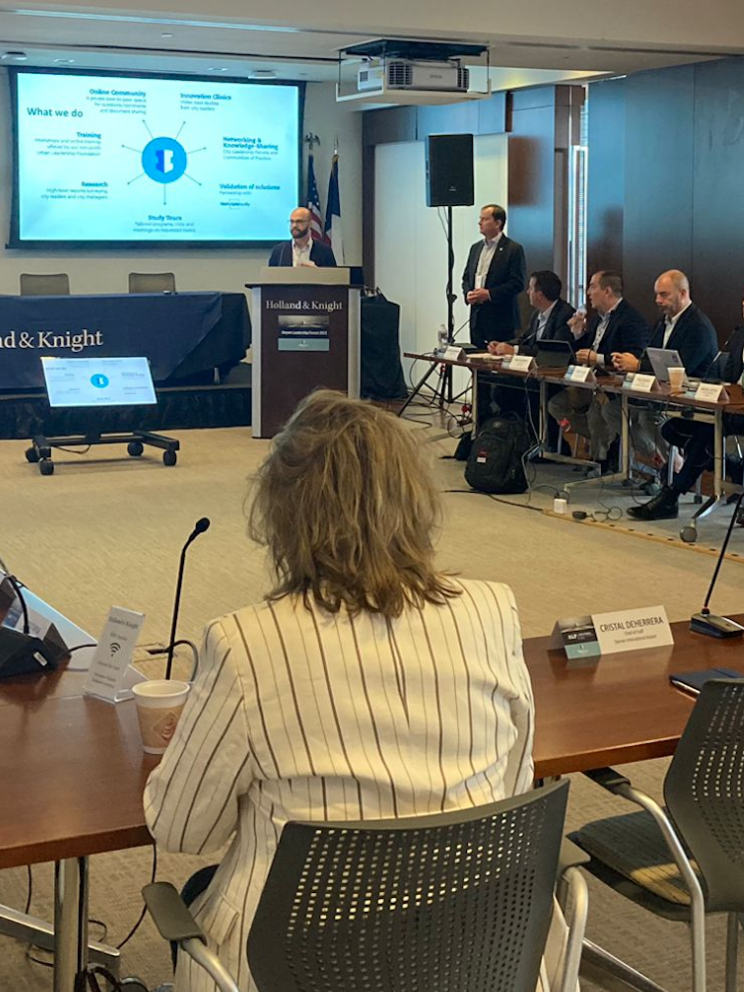
Los Angeles targets recovery in ridership as host of the Olympic Games
18 June 2025
by William Thorpe
Los Angeles is investing in public transit ahead of the 2028 Olympic and Paralympic Games but officials say the real goal is long-term impact, not short-term spectacle.
With new rail lines, station upgrades and fleet expansions already underway, LA Metro is positioning the Games as a milestone, not a starting point, in the city’s public transport transformation.
“The last time we hosted the Games in Los Angeles, we didn’t have a rail system,” said Edna Stanley, Deputy Chief Operations Officer of Transit Service Delivery at LA Metro. “So these Games will be very different for residents of LA and LA County.”
In the four decades since the 1984 Olympics, Stanley said LA Metro has delivered “the most ambitious capital improvement programme in the United States,” including the addition of two heavy-rail lines, four light-rail lines, over 120 bus routes and more than 100 stations. The agency has also introduced Metro Micro, a ride-share service, and an expanded bike-share network.
Significantly, the region has repeatedly voted to expand public transport and increase investment. “We’re known for cars, right? Everybody knows that LA is notorious for traffic but the region has voted four times to expand transit,” said Stanley. “That says that people value public transit. They understand that it’s important to make that type of investment.”
Much of LA Metro’s Olympic legacy infrastructure was already in planning before the city was selected to host the Games.
“That means that these projects were here to stay before the Games and they’ll be there after,” commented Stanley during a session Connecting people and places at large events at UITP Summit in Hamburg. “With the exception of the Games route network and our GET system – the Games Enhanced Transit system – which will temporarily double the size of our bus fleet by roughly 2,000 buses, everything else will be permanent.”
Recent system upgrades include the K Line and Regional Connector, enabling more seamless cross-city journeys.
“Even just a few weeks ago, we opened up the LAX Metro Transit Connector station to connect passengers via rail to the system and region,” she added.
Stanley said that upcoming sports events, including the football Club World Cup, the 2026 FIFA World Cup, the Super Bowl, and the All-Star games, will allow LA Metro to fine-tune operations before 2028.
“Each one of these events is an opportunity for us to refine our service plan and to make improvements to the system and how we’re delivering transport for these major, large-scale events,” she said.
Reflecting on the 1984 Olympics, she added: “That was the highest ridership Metro’s ever had – 497 million trips. In the 80s, following those Games, ridership was high and people continued to ride. And then in the 90s, it dropped off.”
But Stanley is bullish about the upgrades and hopes to recapture the 1980s momentum.
“By the time we get to the Olympics, after we’ve knocked it out of the park for all these other events people will say, ‘Of course we’re taking transit to go to the Games. How else would we go?’”
Image: Trekandphoto / Adobe Stock









